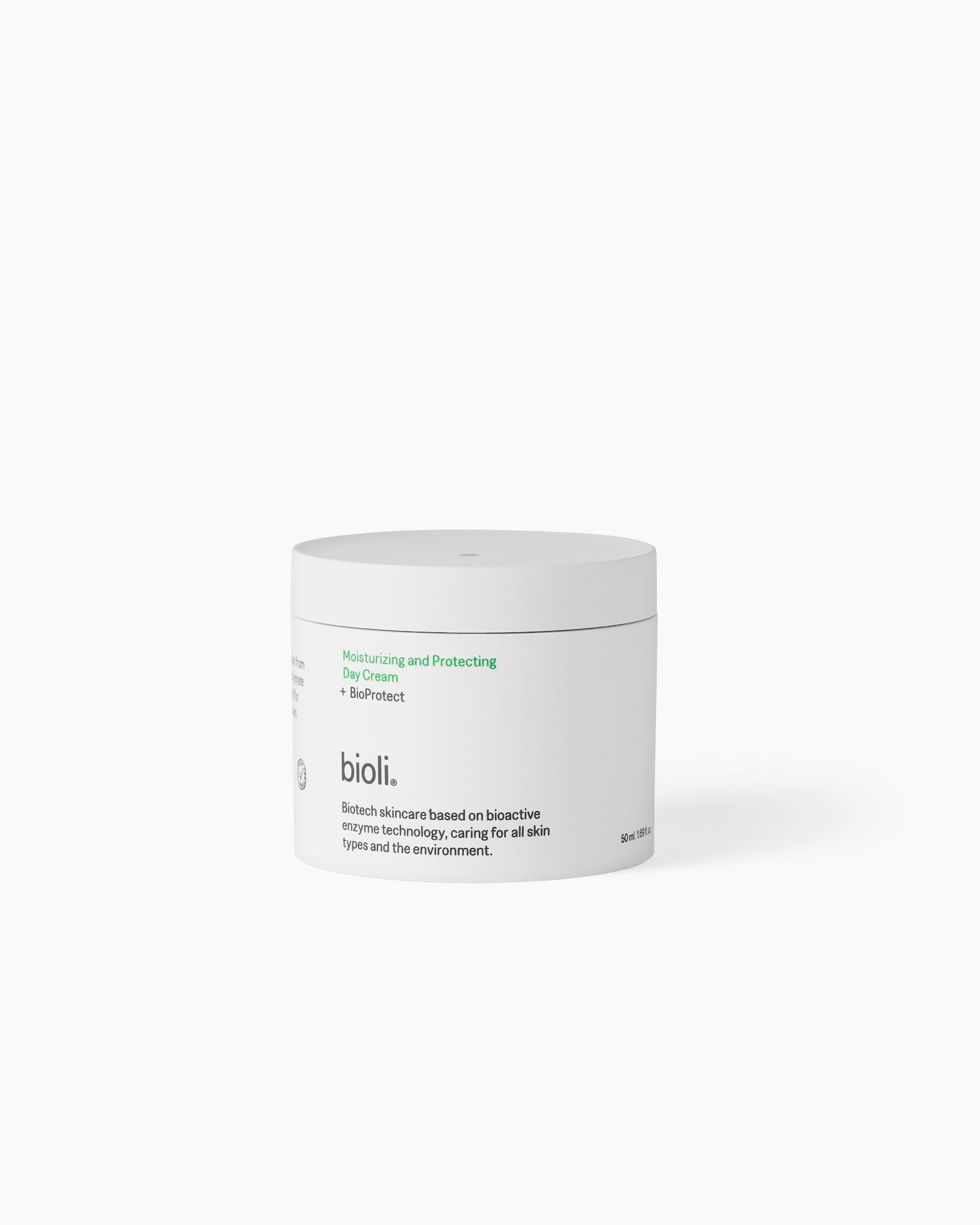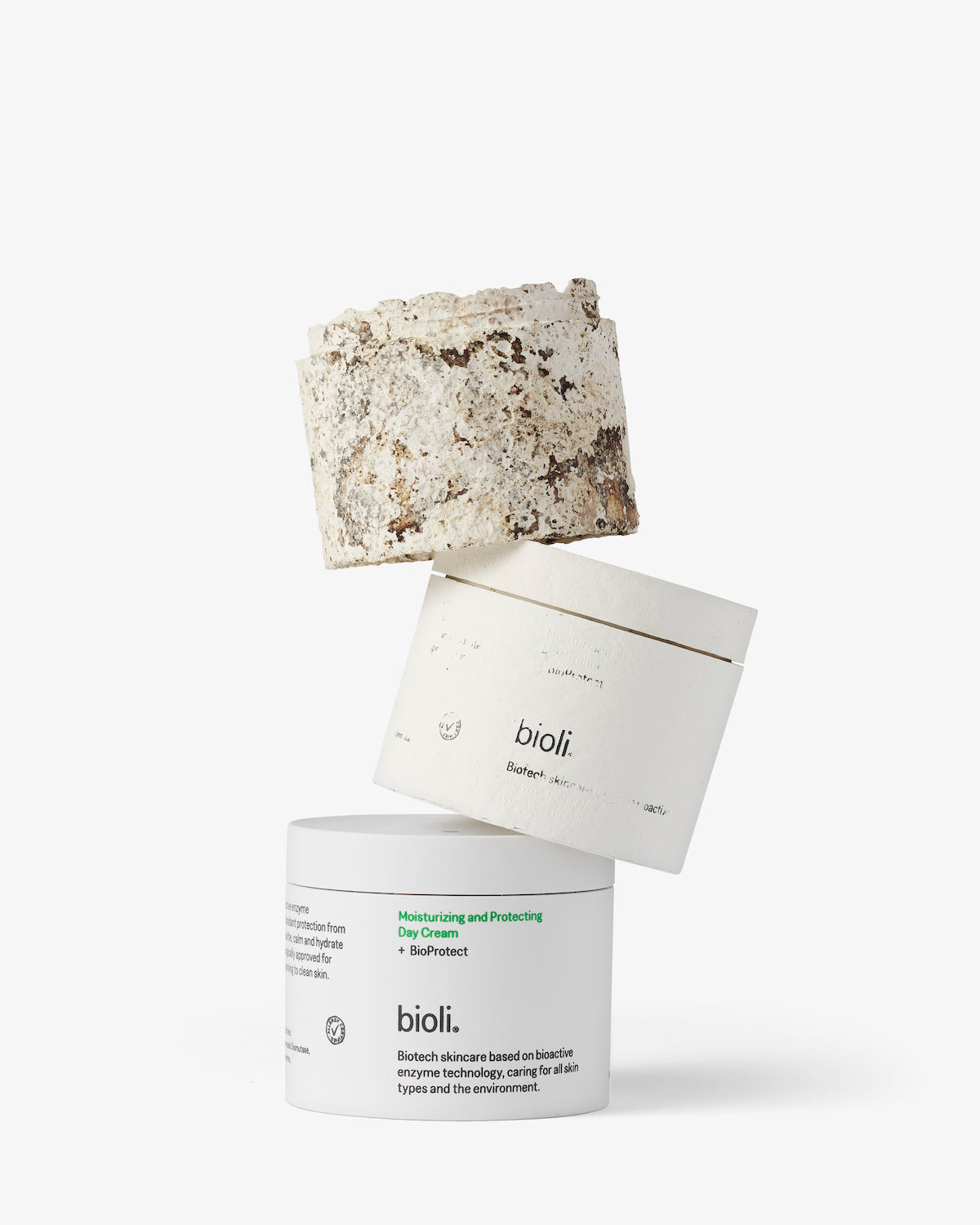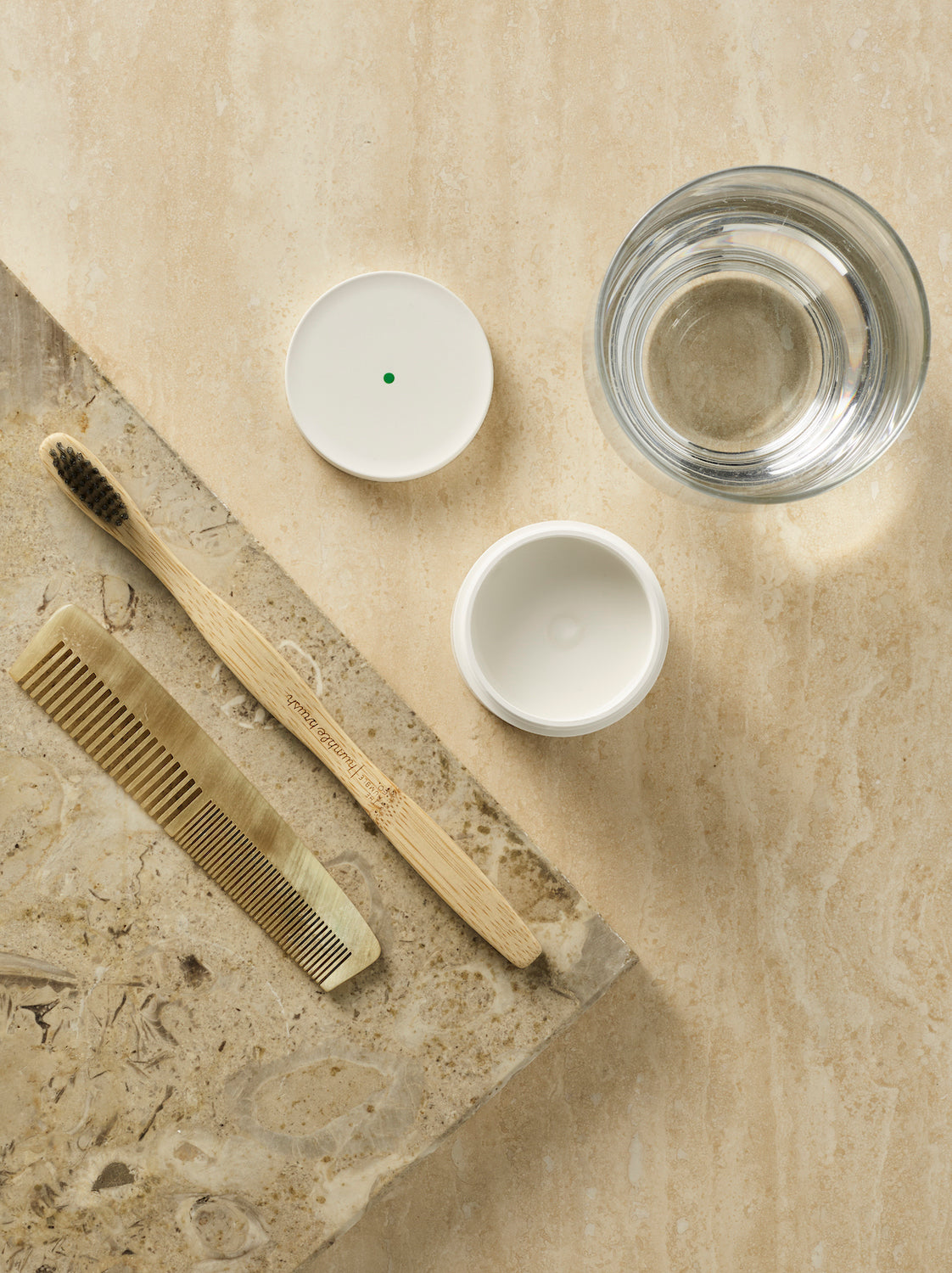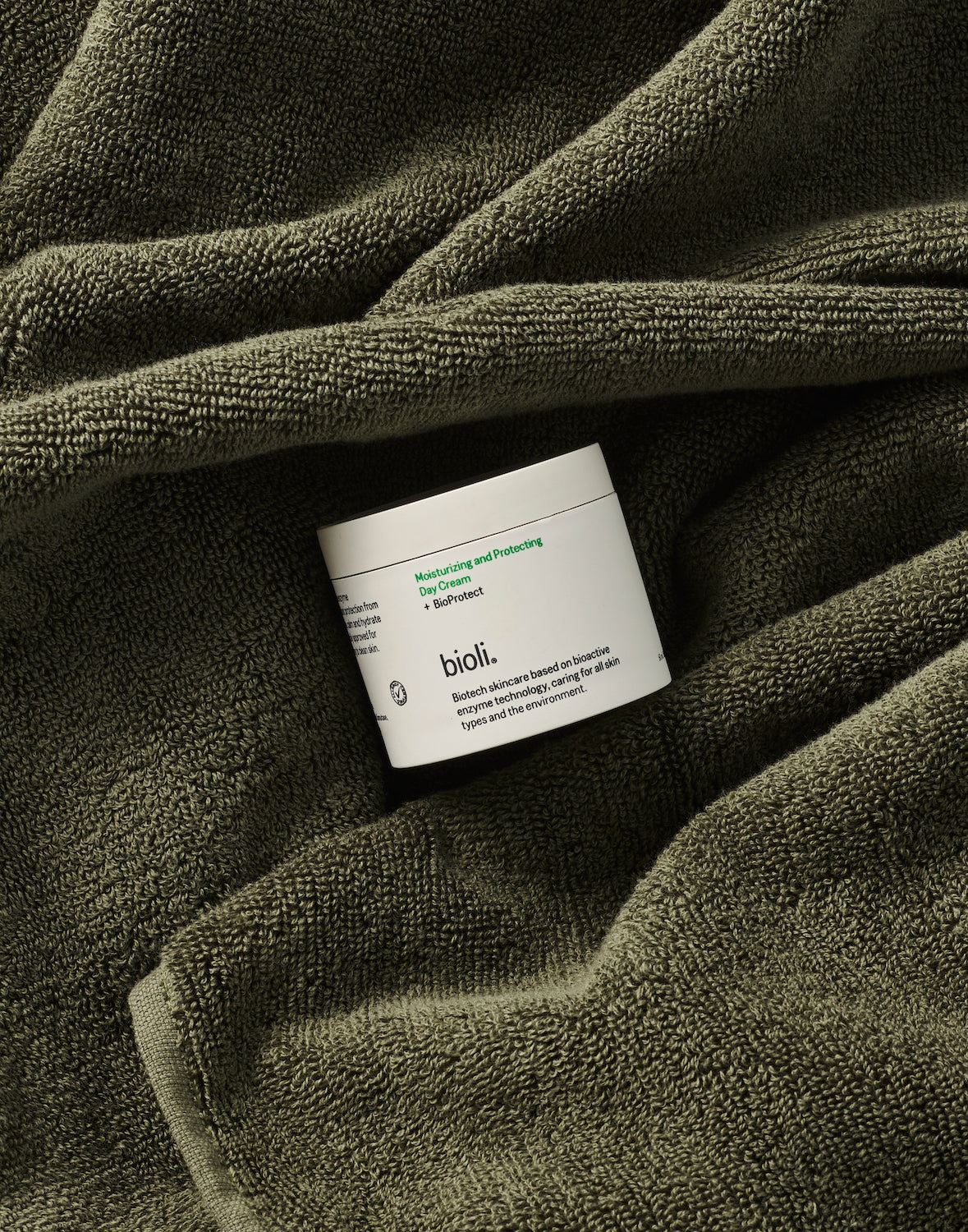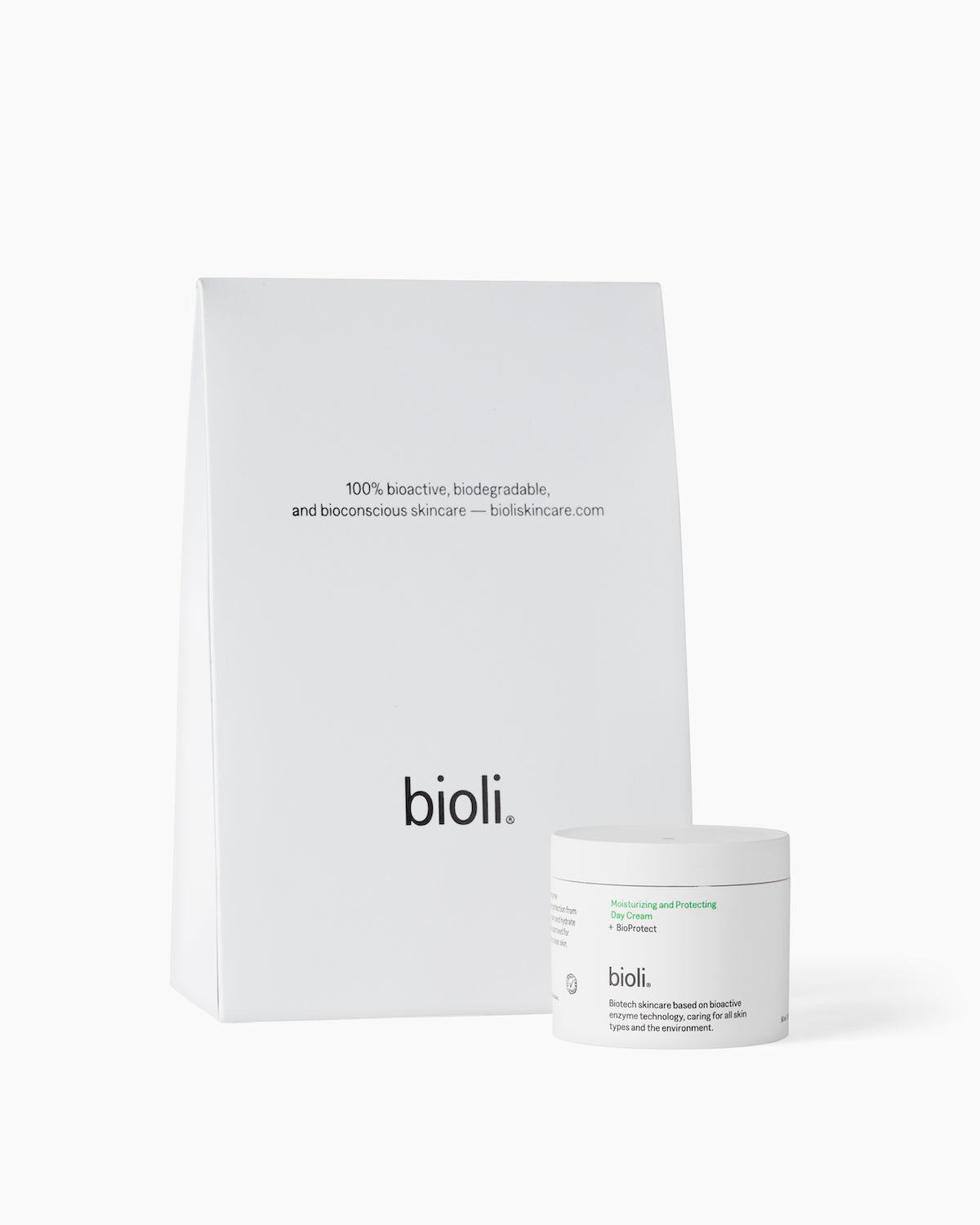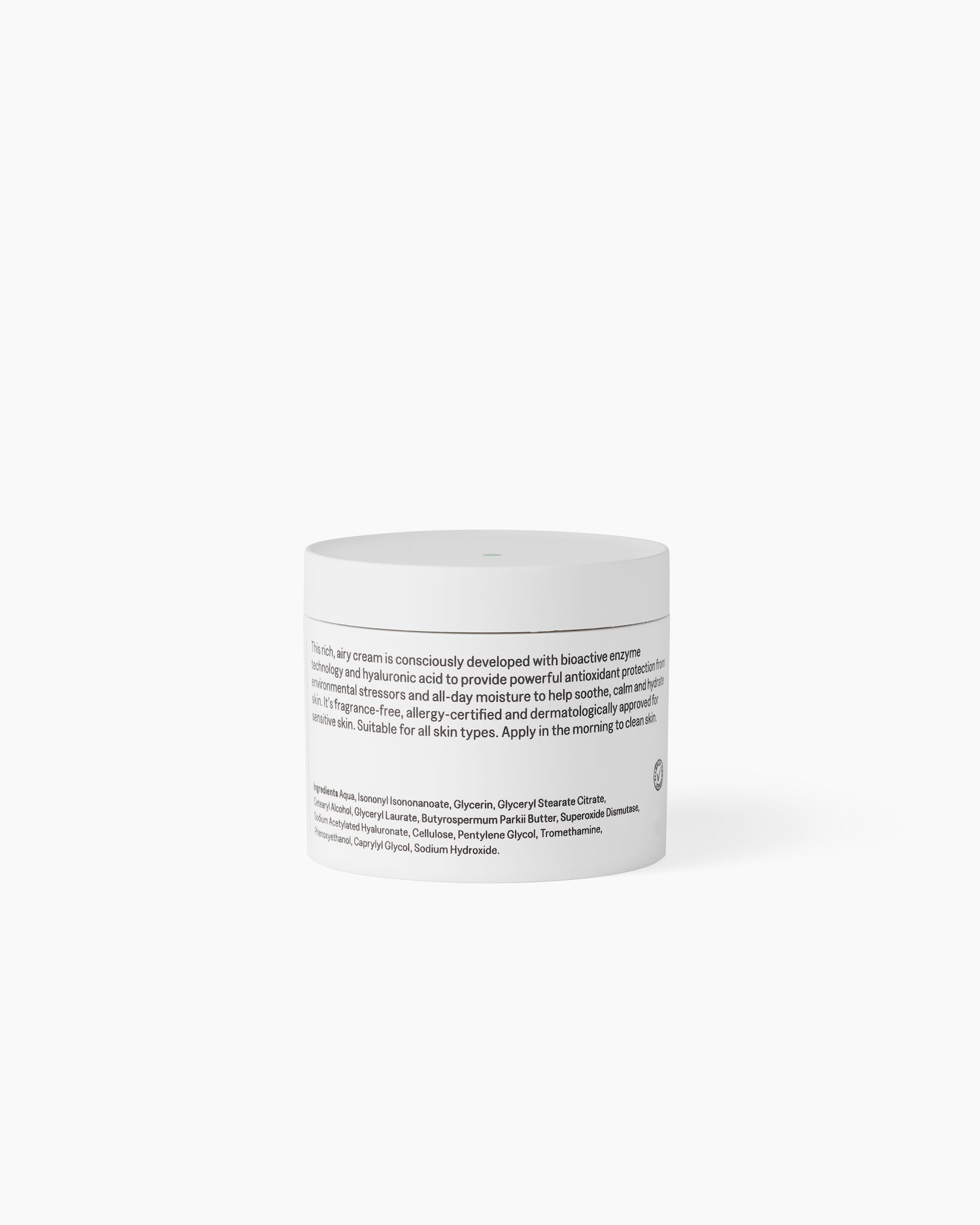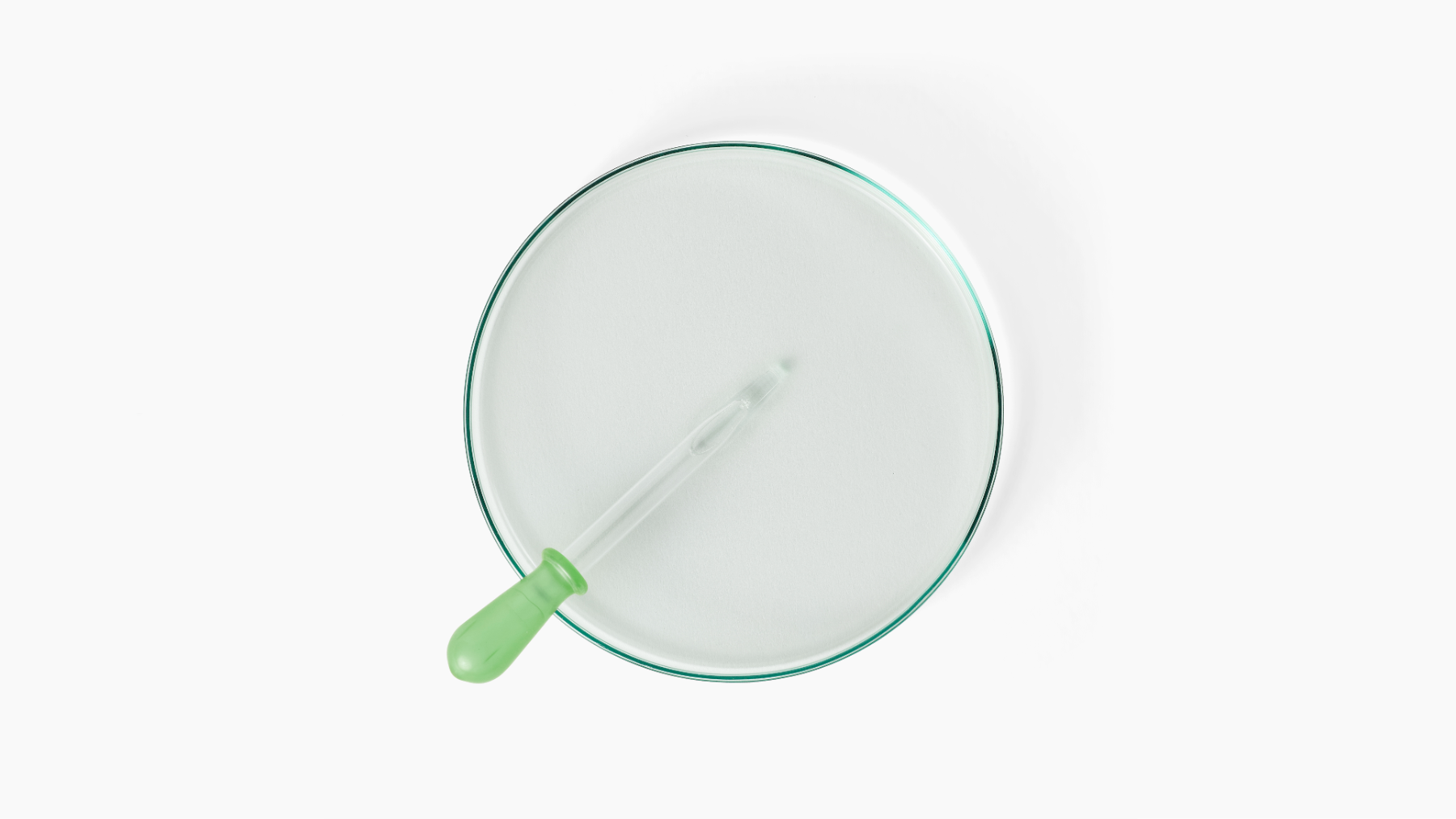What are Biological rhythms?
Biological rhythms are recurrent oscillations of biological processes that occur at regular intervals. Most of these rhythms have a 24-hour periodicity, synchronized with the Earth’s day-night cycle, and are referred to as “circadian rhythms” or the “circadian clock”. These rhythms orchestrate a wide range of cellular and molecular processes, affecting many aspects of the body, including skin health and function.
How is the circadian clock influencing your skin?
Now, let's take take a look at how the circadian clock in the skin regulates various physiological processes during the day and night.
During the Day
During the day, the skin is primarily focused on protection and defense against environmental stressors. It faces challenges such as UV radiation, pollution, and microorganisms. To combat UV-induced damage, DNA repair mechanisms become more active, helping to maintain skin health. Additionally, skin cells like keratinocytes show increased metabolic activity, which aids in growth and repair during the day. Around midday, sebum production reaches its peak, enhancing the skin’s barrier function, though excess sebum, along with clogged pores, bacteria, hormonal changes, inflammation, and dietary factors, can contribute to acne. Moreover, the skin's microbiome shifts from day to night, adapting to changes in sebum levels and environmental exposure.
During the Night
At night, the skin shifts its focus towards regeneration and renewal. Cell proliferation, especially of keratinocytes, accelerates, promoting greater epidermal renewal. The skin also dedicates itself to repairing and strengthening its barrier, with a higher expression of genes involved in keratin differentiation and organization. This nighttime process is vital for recovery from the day's environmental stressors. While the immune response becomes less active at night, this allows the skin to focus on repair, although it may make the skin more vulnerable to infections due to changes in the microbiome. Additionally, transepidermal water loss (TEWL) is also increased during the night, resulting in higher skin permeability. This often coincides with more pronounced itchiness and irritation, likely caused by the higher TEWL and changes in blood flow during this time.
Day vs. night skin mechanisms
Inspired by scientific sources, we designed the drawing below to summarize and compare the processes described above. It illustrates the mechanisms occurring during the day and night, highlighting both beneficial and challenging aspects.
Figure 1: Beneficial and challenging skin mechanisms during day and night. Bioli 2024
What influences the skin’s circadian clock?
Several known factors can influence the circadian clock’s rhythm, and alterations in normal exposure to these factors can lead to deregulation of the biological processes that occur throughout the day and night. Among these factors are:
- Light: Light is the primary synchronizer of the master clock in the suprachiasmatic nucleus of the hypothalamus, which in turn influences peripheral clocks in the skin
- Feeding: Time-restricted feeding can alter the circadian phase of the skin and affect processes like UV-induced DNA repair. Insulin, released in response to feeding, may be involved in resetting the skin’s clock
- Temperature: Temperature cycles can influence the transcription of circadian genes in keratinocytes, although the exact role of temperature in regulating the skin’s circadian rhythms is still unclear
- Hormones: Glucocorticoids, such as cortisol, show diurnal rhythms and can influence circadian gene expression in the skin
- Sleep: Altered sleep patterns can affect the circadian rhythmicity of skin cells. Dermal fibroblasts from patients with idiopathic hypersomnia show attenuated expression of clock genes and a prolonged circadian period
What could be the problems of disrupting the circadian rhythm for your skin?
Disruption of the circadian rhythm can have negative consequences for skin health. Various studies have shown that disturbances in this biological clock affect the skin’s ability to protect, repair and regenerate itself. Among the effects of a disturbed circadian clock we have found:
Circadian clock dysregulation is associated with:
- Skin aging. Studies suggest that specific circadian genes could be potential targets to skin aging (Xiao et al. 2023)
- Skin diseases including skin cancer, sunburns, hair loss, infections, inflammatory skin diseases, and impaired wound healing (Duan et al. 2021)
- Impaired barrier function can increase susceptibility to water loss and penetration of harmful substances (Matsui et al. 2016)
- Deregulated immune response leading to inflammation and increased susceptibility to infections (Salazar & von Hagen, 2023)
Personalised skincare trough day and night
Practicing good sleep hygiene, maintaining regular meal times, and getting adequate sunlight exposure help keep our internal clocks in sync. Additionally, aligning skincare treatments with these rhythms can enhance their effectiveness in addressing specific skin concerns.
Daytime skincare
Because the skin is exposed to environmental stressors and changes in temperature, as well as increased activity during the day, daytime skincare should focus protection, hydration, and defense against these external aggressors. A proper day cream should contain key ingredients like antioxidants, SPF for sun protection, and hydrating agents to shield the skin and keep it moisturized throughout the day (Duan et al. 2021).
- Apply of sunscreen during the day: The skin’s susceptibility to UV damage varies throughout the day. Applying sunscreen during peak sunlight hours is essential for preventing damage and photoaging
- Include antioxidants in the morning: Antioxidants protect the skin from free radical damage induced by UV rays, which is more intense during the day. Applying an antioxidant product in the morning can help strengthen the skin’s defenses
- Maintain optimal hydration levels: Hydration helps mantain the integrity of the stratum corneum, the most superficial layer of the skin, optimizing its barrier function throughout the day
Experience all-day defense with our new Moisturzing and Protecting Day Cream—formulated with powerful antioxidants and long-lasting hydration to keep your skin protected, nourished, and resilient from morning to night.
Nighttime skincare
Because the skin's cell turnover rate increases, allowing for more effective repair processes, nighttime skincare should focus on repair, regeneration, and renewal. At night, the skin is also more permeable and receptive to skincare ingredients. Look for products that support these natural repair processes, such as richer moisturizers, serums with active ingredients like retinoids or peptides, and formulations designed to deeply hydrate and nourish the skin (Lyons et at. 2019).
- Incorporate repairing ingredients: The skin is focused on repair and regeneration at night. The repair of UV-damaged skin cells reaches its peak during this time. Antioxidants can also aid the skin in repairing free radical damage, a process that intensifies at night. Applying an antioxidant product at night can provide additional support for the skin’s repair mechanisms
- Include nighttime hydration: Transepidermal water loss (TEWL) is higher at night. Applying a richer moisturizer before bed can help offset this loss and keep the skin hydrated
- Remove dead skin cells: Exfoliants help remove dead skin cells from the surface, allowing for better penetration of other skincare products, such as antioxidants
- Encourage cell renewal: Exfoliation can stimulate cell renewal, a process that peaks at night. Exfoliating in the evening can align with this natural skin rhythm
As we have learned, because the skin follows different biological rhythms during the day and night, it’s best to use a day cream with the proper effects in the morning and a night cream in the evening. By tailoring your skincare routine to the specific needs of your skin throughout the day and night, you can optimize its health and appearance. If you synchronize your skincare routine with circadian rhythms, you will achieve better results.



